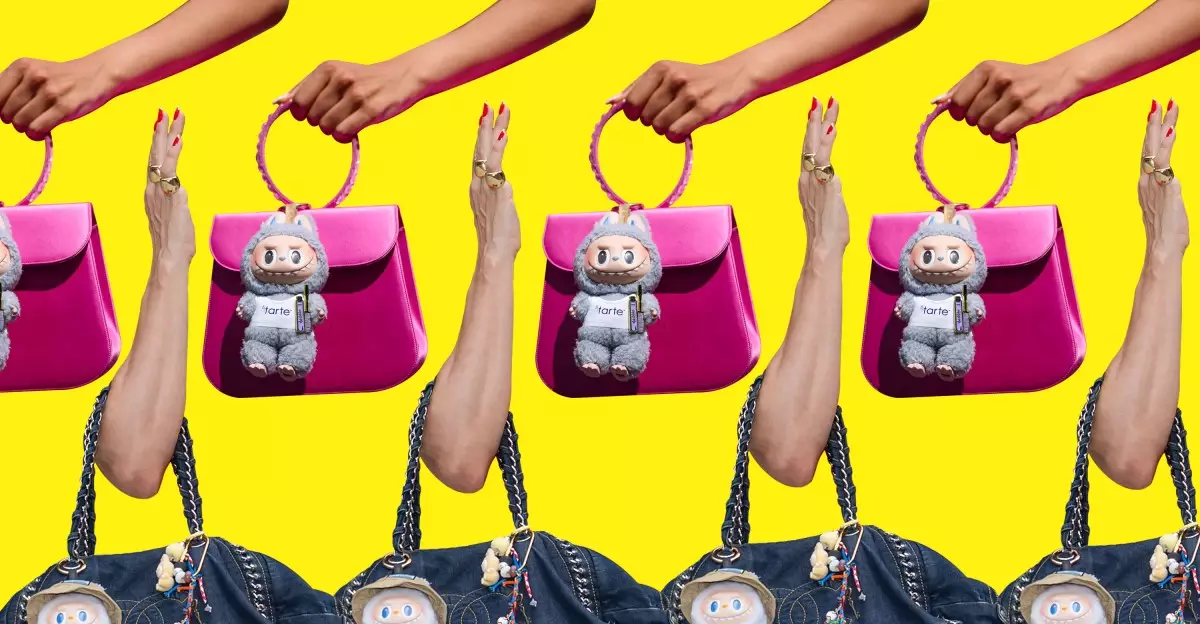In a world where instant gratification governs buying habits, the quest for rare toys like Labubu reveals a darker, more addictive side of modern consumer culture. What appears as a simple purchase—a cute, collectible figurine—masks a chaotic and elaborate process that can dominate one’s time and mental energy. The journey to acquire these figurines exposes the artificial scarcity engineered by companies like Pop Mart, which amplifies the thrill and frustration for consumers desperate to get their hands on one. It’s not just about the toy; it’s about navigating an intricate system designed to make even simple transactions feel like high-stakes games.
What struck me most about the process is its resemblance to compulsive gambling. The allure of unboxing a rare figure from a blind box and the adrenaline rush of being the one lucky enough to secure a coveted item echo the psychological triggers that keep gamblers hooked. It’s an engineered dopamine hit, fueled by unpredictable rewards and dominated by an app ecosystem meticulously crafted to keep users engaged—sometimes to the point of obsession. This isn’t casual shopping; it’s a digital adrenaline rush, a modern-day Sisyphus task that leaves many frustrated and hooked.
The Illusion of Control and the Illusory Rewards
Pop Mart’s strategy revolves around creating an environment of chaos that only the most persistent or strategically savvy can navigate. Releasing limited quantities of Labubus with flashing timers, grayed-out pictures, and continuous refresh cycles essentially transforms a straightforward purchase into a game of luck intertwined with skill and endurance. Consumers learn and share tips—resetting their Wi-Fi, timing their taps precisely, or watching hours-long TikTok live streams—in hopes of gaining an edge. Yet, at its core, the entire process is rigged in favor of the most obsessive, the most dedicated, and sometimes, the most privileged.
This system engenders a feeling of partial control, but in reality, it plays with human psychology. The thrill of beating the system is often fleeting, the satisfaction superficial. As one spends hours and energy on these virtual “battles,” the actual product—the figurine—is reduced to a priceless prize in an elaborate game of patience and luck. The faux control consumers think they have is merely an illusion; the process is designed to keep them entrenched in a cycle of hope and disappointment.
The Dark Side of Collectibility: Beyond Innocent Childhood Nostalgia
There’s a distinct darker edge when examining the obsession with these toys. The hype around Labubu and similar collectibles is not just about owning a cute item; it’s a reflection of a broader societal craving for validation, success, and the thrill of the rare. As with gambling, the appeal lies in the unpredictable nature of what hides inside the box. This randomness fuels a culture of obsession that’s more darkly rooted than casual fandom.
Some collectors talk of flipping—reselling unopened boxes or rare finds for profit—but the margins are often negligible, and the entire endeavor feels more futile than lucrative. The real treasure isn’t in the toys themselves but in the experience—an experience of effort and chance that becomes addictive. The community around Labubu, with its forums and social media chatter, perpetuates this cycle of desire and disappointment, akin to a modern ritual of obsession.
The Future of Collecting: When Will It Stop Being Torture?
How long will the current frenzy last? The persistent search volume and viral content suggest that the craze has staying power—powered by FOMO (fear of missing out), social validation, and the thrill of the chase. Viral TikTok unboxings and endless bot battles will continue until the process becomes less of a stress-inducing spectacle or until demand wanes naturally.
The question remains: when will these toys revert to being simple collectibles instead of symbols of endurance, luck, and social validation? Will the community shift towards appreciation rather than competition? Until then, buyers like myself are caught in the vortex—waiting, tapping, and hoping that someday, owning a Labubu won’t come at the expense of mental well-being. The journey is as much about the effort as it is about the toy itself, and that is the insidious power of modern collectible culture.

